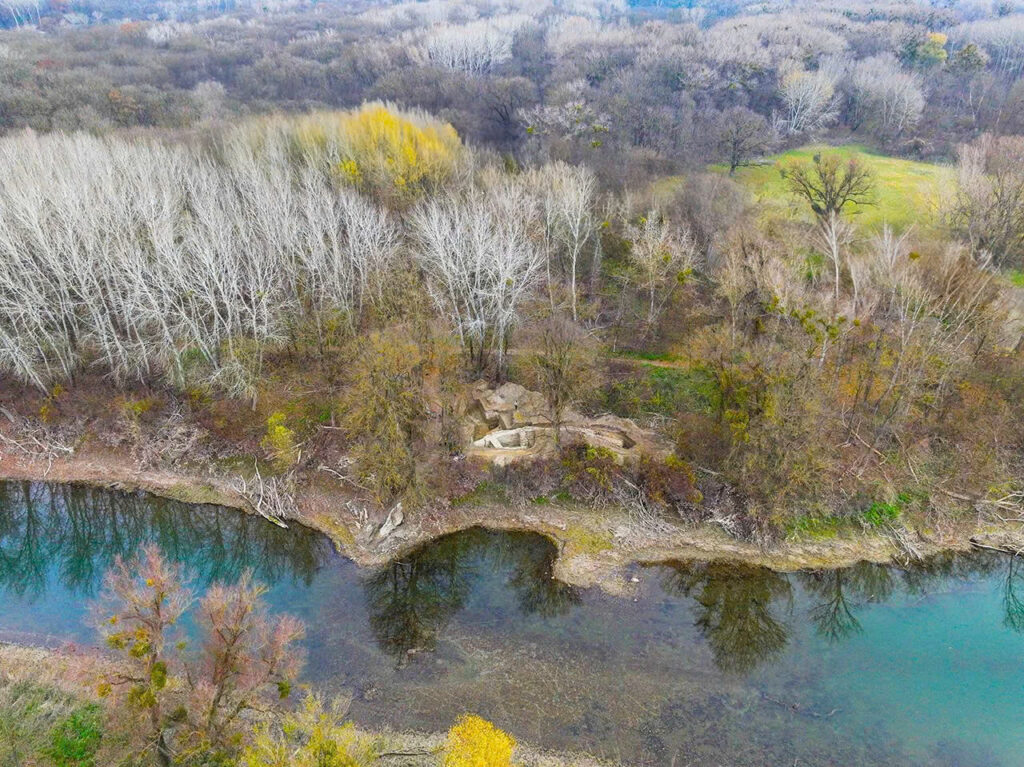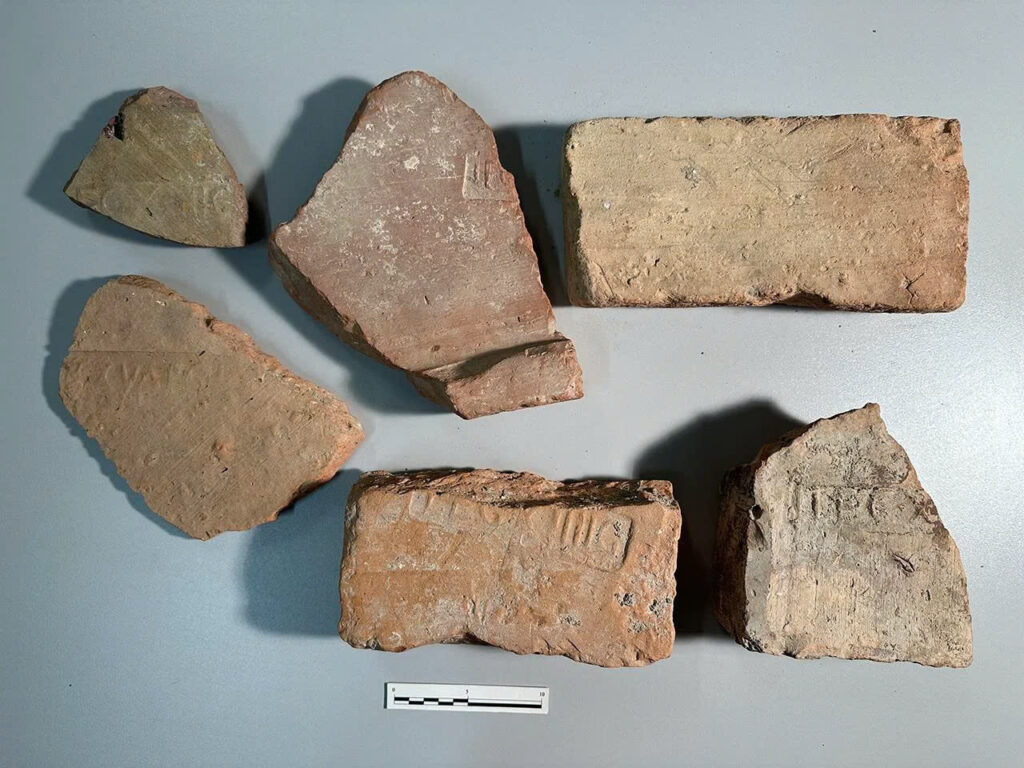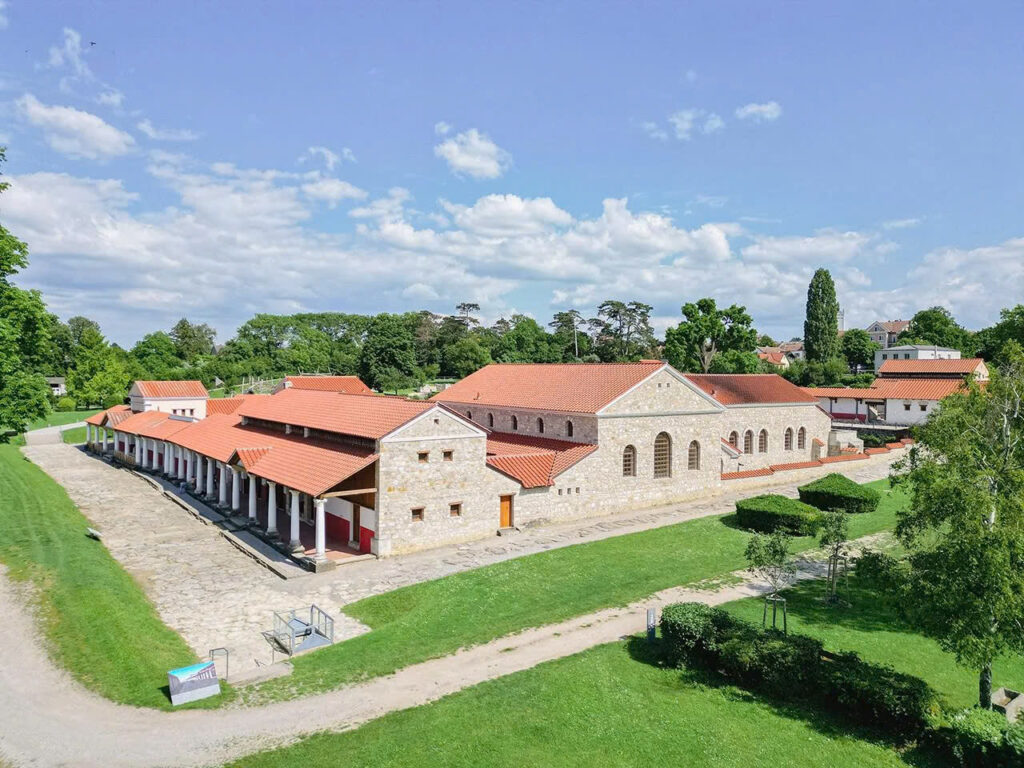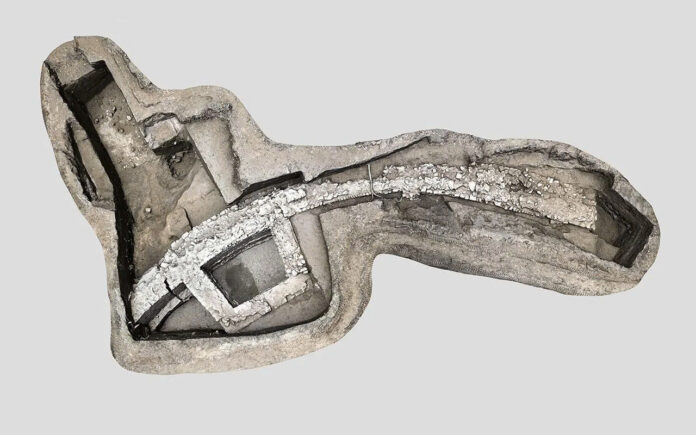For generations, locals referred to the curious stone ruins near Stopfenreuth in Lower Austria as the “Deserted Castle.” Standing silently in the Danube floodplains, these weathered walls puzzled historians for decades. Was it a medieval castle? A fortress from the First Turkish War? Or something else entirely?
Now, archaeologists have finally unlocked the mystery, revealing a discovery of profound historical significance.
Breakthrough Discovery Rewrites Roman History in Austria

In a groundbreaking archaeological achievement, researchers from the Austrian Academy of Sciences (ÖAW) and the Carnuntum Archaeological Park have uncovered the first confirmed Roman bridgehead fort ever discovered in Austria. The site, long known as “Ödes Schloss” (Deserted Castle), has now been definitively identified as a strategic Roman military installation designed to control river crossings and monitor travel along the crucial Danube frontier.
“Around 1850, the still-visible walls at the site were first investigated,” explained Christian Gugl, archaeologist and research group leader at ÖAW. “Based on brick stamps found then, some speculated about Roman origins, but only our recent excavations have provided conclusive evidence.”
Imperial Defense Strategy Revealed
The excavations have uncovered remarkably well-preserved sections of walls reaching heights of up to 2.65 meters. This impressive structure was built in two distinct phases, each tied to critical moments in Roman imperial history:
First Construction Phase: The Marcomannic Wars
The initial fortification was established around 170-180 CE during Emperor Marcus Aurelius’ campaigns against Germanic tribes in the Marcomannic Wars. This period marked intense Roman efforts to secure the northern frontier against barbarian incursions.
Second Phase: Crisis and Reconstruction
Around 260 CE, under Emperor Gallienus, the fort underwent significant reconstruction during a period of imperial crisis. This likely represents the final major military investment in the site before Carnuntum’s strategic importance began to wane.
Video
Artifacts Tell the Story of Roman Military Presence

The archaeological team recovered numerous artifacts that paint a vivid picture of Roman military life at the frontier. These include:
- Stamped bricks bearing the marks of Legio XIV and Legio XV Apollinaris, legions known to have been stationed in nearby Carnuntum
- Roman coins documenting the timeline of occupation
- Ceramics and bronze objects from daily military life
- Structural elements revealing sophisticated Roman engineering techniques
Located just four kilometers from Carnuntum—once a mighty legionary stronghold and later the capital of the Roman province Pannonia Superior—the Stopfenreuth bridgehead fort transforms our understanding of Roman military strategy along the Danube.
“For a long time, it remained uncertain whether there had ever been a substantial Roman presence on this section of the north bank of the Danube,” Gugl noted. “This discovery significantly reshapes our perception of the Roman Limes defense system,” now recognized as a UNESCO World Heritage Site.
Beyond History: Environmental Insights

The excavation is yielding benefits beyond historical knowledge. In collaboration with BOKU University and the University of Vienna, archaeologists have collected sediment samples from the Danube floodplain to reconstruct ancient river patterns before the 16th century. This research is helping scientists understand how the Danube’s course has changed over millennia and how these changes influenced Roman settlement and fortification strategies.
While the excavation phase concluded in 2024, intense scientific analysis continues as researchers work to extract every possible insight from this remarkable discovery that has solved a centuries-old mystery and enhanced our understanding of how Rome defended its northern frontier.

